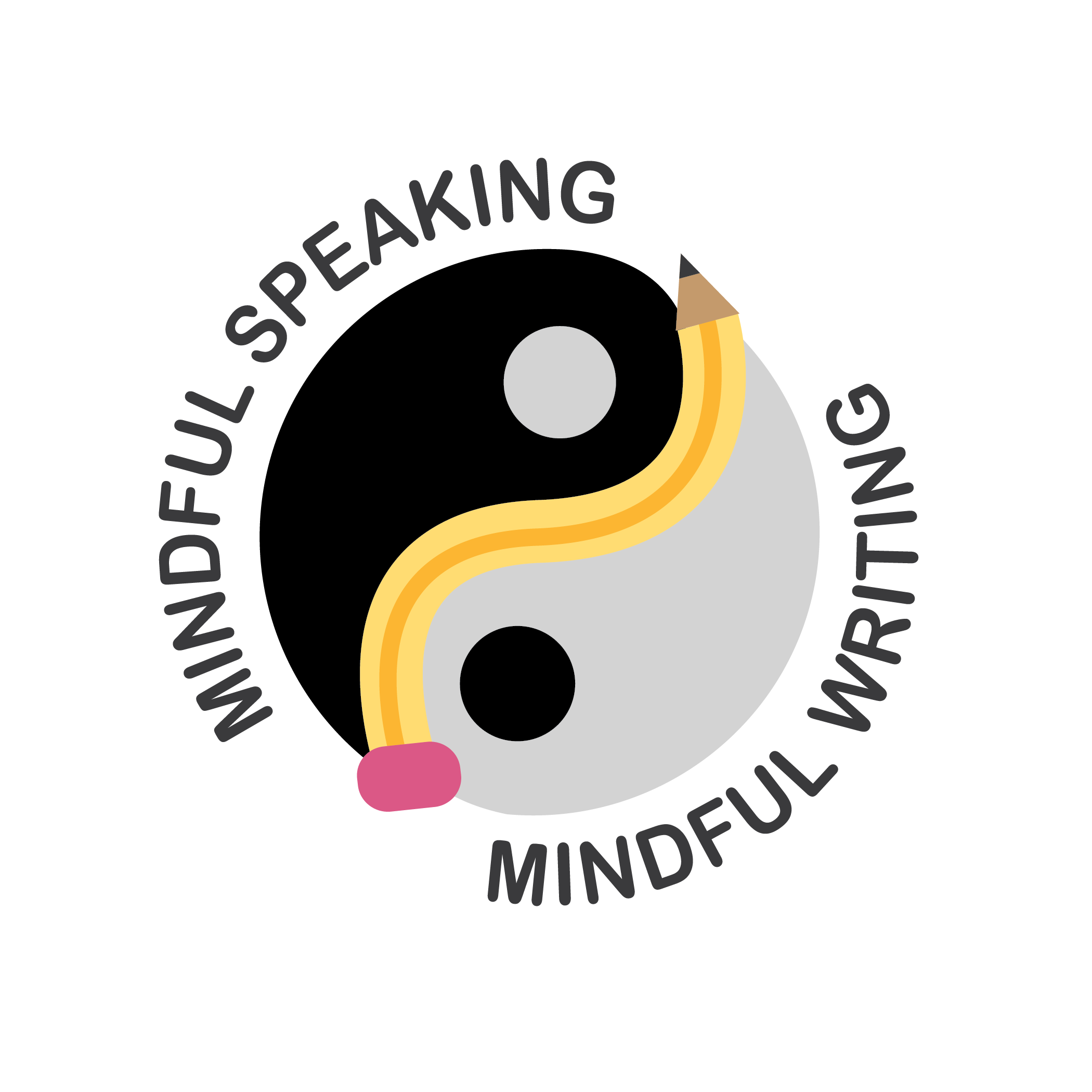
photo credit:Pixabay.com
An Update.
I’ve been thinking –beyond Mindful Writing– about the larger world of “Mindful Communication.” Prior to this blog entry, I’ve focused this blog on the magic and power of memoir. Writing my own memoir, as well as teaching and coaching others engaged in similar pursuits, has been for me a thrilling, empowering, life transforming process. I intend to continue with this work, but I am now expanding the subject matter to include both Mindful Writing and Mindful Speaking.
The Mindful Conversation.
By “Mindful Speaking” I mean the art of conversation, talking in a way that encourages all parties to be fully present, to express themselves openly and authentically, to learn and practice the best listening and thinking attitudes and skills, and thereby to create conversations that are both satisfying and enjoyable and contribute to inner and outer peace.
Whew. That was a long sentence, not really blog-like. But conversation is a big word. Very simple. Very complicated. At it’s heart, conversation consists of two simple practices -listening and speaking. Everyone knows how to speak and listen, right?
If you’re reading this blog, you have the basics. You know how to dip your brush in the paint, but that doesn’t make you a painter. Both at the societal level and at the interpersonal level, the quantity of noise is increasing but the quality has dipped into the danger zone. I say “danger” because I believe the type of conversations we have is one of the benchmarks of a healthy person and a healthy society.
Serial Monologues.
I spend a lot of time snooping, listening to people talking on the street, at the grocery store, in the coffee shop. Far too much of the time, what I hear is not conversation at all, but “Serial Monologues.” There is no real listening, very little understanding, not much risk or growth or learning going on.
“Serial Monologue” refers to the conversation style in which Person A tells a story, then person B responds with their story, which usually has only a peripheral relationship to what person A said. A and B are like ships passing in the night. Do you recognize this pattern? Listen, and you’ll hear it all around you.
Quo Vadis?
Does the topic of creating deeper, more authentic conversation interest you? What are your observations about the conversations that you hear or that you participate in? What do you see that is working? What are your pet peeves?

Connect With Me